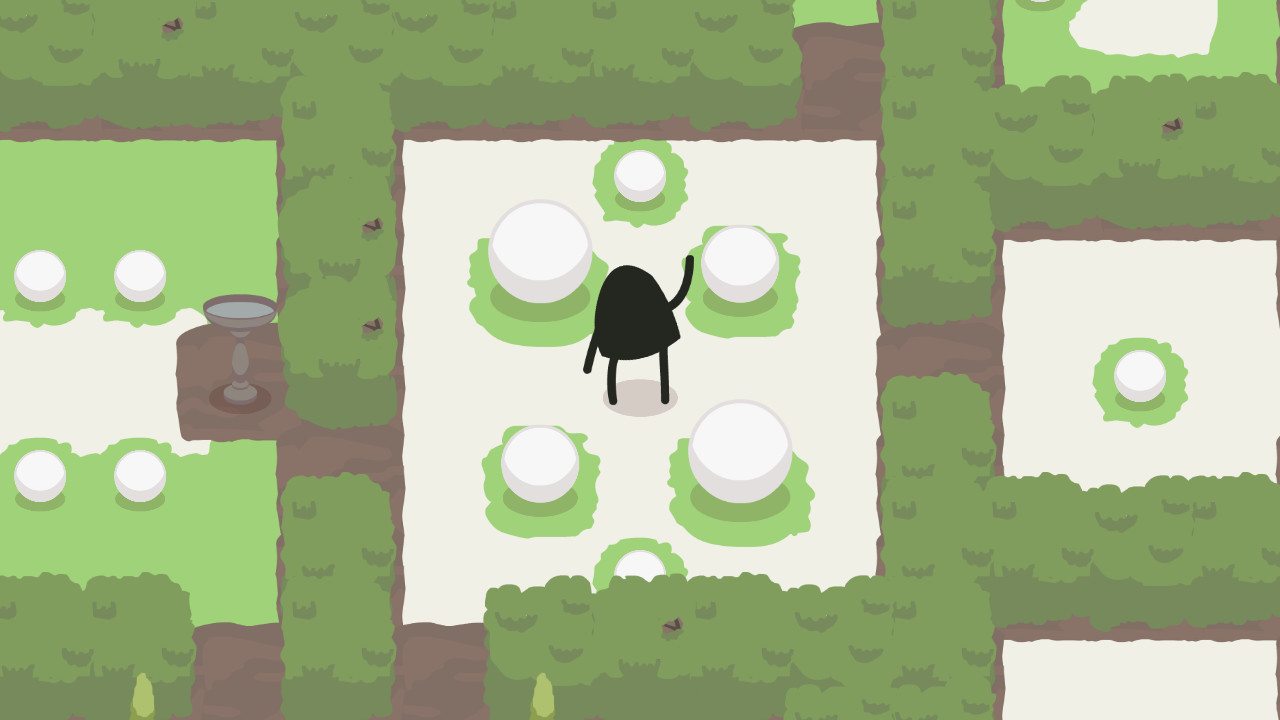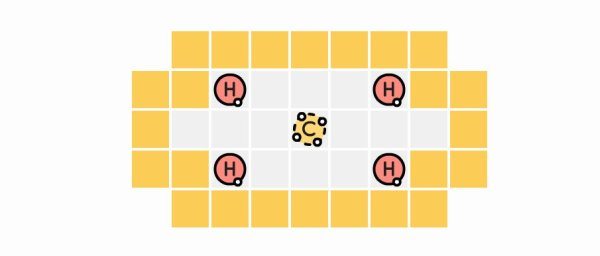Keeping it in the Family
Boar Games Writers review PC games recently published by Warwick alumni.
[divider]
Induction – Bryan Gale
I’m a big fan of puzzle games. Where AAA titles receive huge public support, puzzle gaming is something often kept to oneself; not because it’s antisocial, but it just isn’t exciting in the same way as FPS and MOBA games. Franchises such as League of Legends and Fallout may be making headlines but, behind the scenes, puzzle games prove a huge creative outlet for upcoming designers.
One such game is Induction, made with the Unity game engine (so you could probably run it on a pocket calculator). You take control of a surprisingly athletic cube in a surprisingly isometric world and – get this – you have to get to the end of each level. Not exactly ground-breaking stuff so far. You roll up and down small ledges; you push cylinders onto checkpoints; oh, and you rewind time to clone yourself.
It’s a simple concept, but Induction makes excellent use of this basic mechanic
It’s a simple concept, and not one that will revolutionise gaming, but Induction makes excellent use of this basic mechanic to introduce endless complexity. Upon rewinding, a clone of you appears at the start and repeats your earlier path before disappearing. This necessitates well-choreographed and often deviously simple solutions to problems that can look impossible.
Induction is graphically simple; pastel colours and an isometric viewpoint are open and unimposing, leaving little to distract you from your task. The controls are simple – four directional movement, a rewind, and a reset (for the awful moment when you push mission critical cylinders into a bottomless pastel abyss). The level selector has a really nice touch: you can scroll through all the puzzles you have completed, and hover over to watch replays of your solutions. It doesn’t add much to your playing experience, but gives a bit of polish to the product. The soundtrack provides a suitable atmosphere – not distracting, but still dynamic and engaging.
The key advantage of puzzle games (with a few exceptions) is that puzzles drive progress: the satisfaction of solving a conundrum you’ve been staring at for several minutes is often more fulfilling than story driven sequences. But a fine balance must be struck: too easy, and most players will move on for greater challenges; too hard, and most won’t get far past the tutorial. I’m pleased to say that Induction finds this equilibrium well, subtly tutoring new mechanics before throwing a googly to see if you’ve really paid attention. Due for release in Q1 2016, Induction is a well assembled and rewarding puzzler that can leave anyone scratching their head. – Matthew Hoskin
___
A Good Snowman is Hard to Build – Alan Hazelden
Released in February, A Good Snowman Is Hard To Build is a top-down puzzle game. Set in a garden full of hedges, benches, trees, and snow, you take control of a creature whose mission is to build (and name) various snowmen from the snowballs lying around. Despite its simple premise, the result is both adorable and challenging.
Although Snowman has similar mechanics to the classic Sokoban, it is not your average 2D puzzle game. Despite its minimalism, the world of the garden comes to life as you interact with it; from the hedges surrounding each section to the potted plants and birdbaths, not to mention my absolute favourite: you can hug the snowmen you build! Along with the crunch of snow as you move around, the game’s design makes it pleasant to play, despite the somewhat difficult puzzles.
Although it might sound easy, there’s an art to choosing where to roll the snowballs.
In order to progress through Snowman, you must solve each puzzle by stacking snowballs (in decreasing size) and building snowmen. Although it might sound easy, there’s an art to choosing where to roll the balls to ensure you don’t gather too much snow, as one false step could force you to start over. With a few delayed responses to keypresses, it’s quite easy to overstep and end up trapping the snowball, but, with an undo and reset button at the ready, mistakes are easily remedied.
While you might expect the game to progress in terms of difficulty, slowly forcing you to confront harder puzzles across the garden, you’ll find the opposite. Because it’s non-linear, once you’ve solved one puzzle, often a few new puzzles are unlocked. And, as you move closer and closer to the end of the real world section of the game, puzzle difficulty greatly varies. One of the last puzzles I completed proved to be quite simple, though the very last was certainly quite difficult. This, of course, helps when you’re stuck on a puzzle as it means you don’t have to stop playing completely until you’re ready to face it again.
However, the non-linear nature of the game can be quite confusing as, contrary to my initial hopes, you’re not supposed to move between sections to solve puzzles at first. Though you’ll eventually understand why there are sections at all (unless, like many other reviewers, you missed a crucial part of the game) this is somewhat a symptom of an overarching lack of clarity about certain features.
Regardless of the few drawbacks, and despite appearing quite straight-forward, the team behind Snowman have developed a clever and exceedingly adorable game. When you need a break from the dreary November weather, or the numerous essays you’re supposed. – Halimah Manan
___
Sokobond – Alan Hazelden
Puzzle games are fun. Even the most confusing and complicated issues become easier when important information is pushed at you in a non-threatening way. Learning facts is easy when you are given gratification in some form. Combining these little facts, you get a winning recipe for bringing in audiences. Sokobond is a title which proves this known rule and makes learning chemistry much more enjoyable than just classic textbook reading.
The idea behind it is simple. Your task is to make molecules by moving around an atom and binding it with others set on the stage. At later levels you are able to sever already made bonds, bond complex atoms such as carbon and move whole molecules around, all while learning interesting little everyday facts about the compounds you make. There are more than 30 levels of varying difficulty and, after playing three and a half hours, I am nowhere near done with it. Each stage is shaped according to its name and like in every puzzle game, you learn to overcome the obstacles of each of level by playing and trying every possible route till you succeed.
Sokobond is a title where even veterans of logic games will grit their teeth in frustration.
I really enjoy this game as it made me review my high-school knowledge of chemistry and, at times, it actually cleared up a few issues I did not fully understand. It’s also a good game all on its own, even if you know chemistry through and through. Its minimal design is one of its main strengths, with the gameplay set to a minimalist score which doesn’t distract you as you figure out the proper way for the atom to move. It supports the use of a joypad, and not just mouse & keyboard, which I was more than happy to use when playing the game on TV in our living room.
Sokobond is a title where even veterans of logic games will grit their teeth in frustration. There are Easter Egg elements, such as shoutouts to other indie games (including a stage dedicated to Papers, Please) and it was really fun to uncover them. If you enjoy tricky puzzle games that give your brain cells a much needed workout, Sokobond is the title to go for. I actually love the way it builds the player’s confidence at times and then lets you know all too well that you know nothing, even after hours of gameplay. The more frustrating a puzzle game is, the higher it scores on my personal list, and thus I fully recommend playing this one. – Joanna Jakubowska
___



Comments